‘Spiritualist Science’ by Jiří Černický at Arsenal Gallery in Białystok
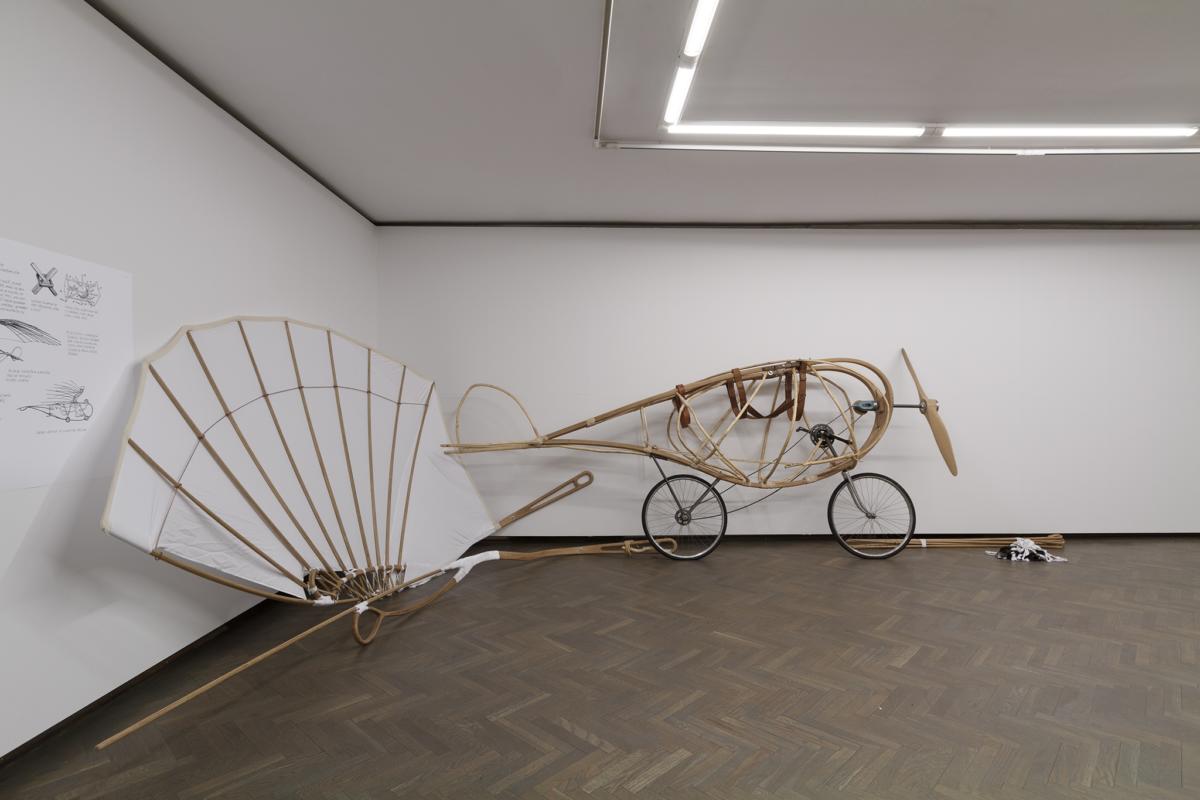
Jiří Černický ( 1966, Ústí nad Labem, Czech Republic) lives between the two worlds, the contemporary and the past millennium. Born 21 years after the World War II, one year after Joseph Kosuth created his ground-breaking piece called One and Three Chairs (1965), Černický developed as a full blown member of the information society. Jiří relentlessly defended international modernism. He was one of the last great minstrels giving life to pompous comparisons, as he himself is a unique phenomenon, a master of romantic couplets, deeds and gestures.
Taking his artistic career into consideration, his professional career crossed three major sequences of cultural history. At the beginning of his artistic development he was put under a spell of Russian avant-garde and Soviet perestroika, which engulfed him in its atmosphere in the late 1980s. Later, he got into social activism introduced into the art spectrum by Joseph Beuys. Černicky’s sensitivity was also heavily influenced by the downturn of unofficial Czech modern culture. It was the backlash of the burning out of the revolutionary communist regime. He put a lot of effort into confronting his experiences connected with tragic ahistorical roots of Czech students’ society, which was his natural environment, and ecological devastation of the region with the rise of the second generation of Praguean post-modernists, which eventually resulted in post-totalitarian societal transformation.
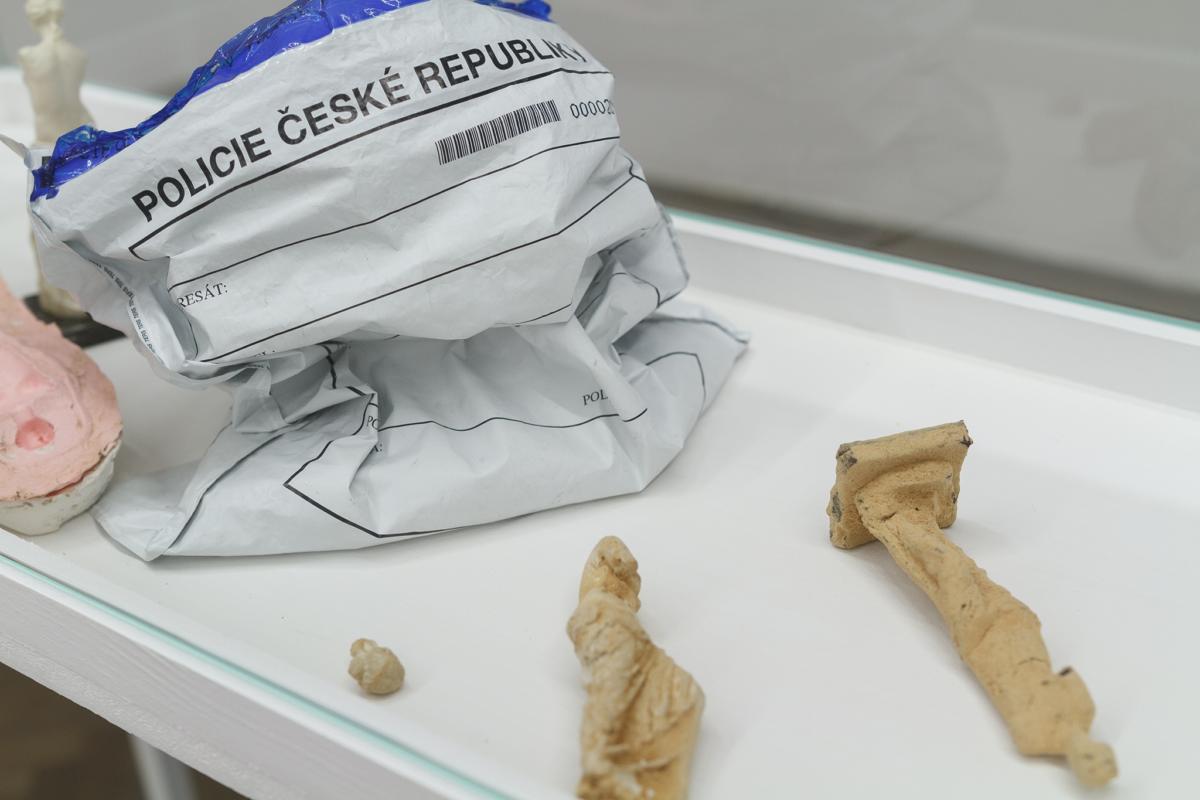
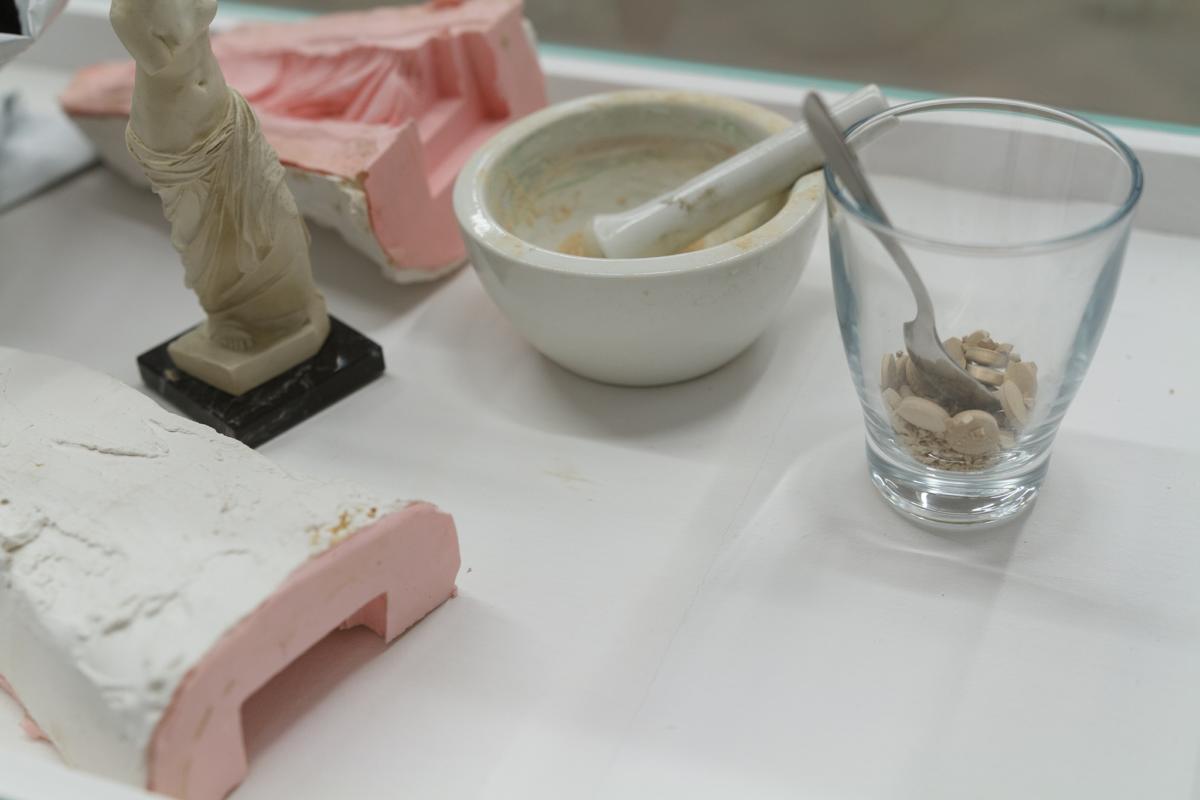
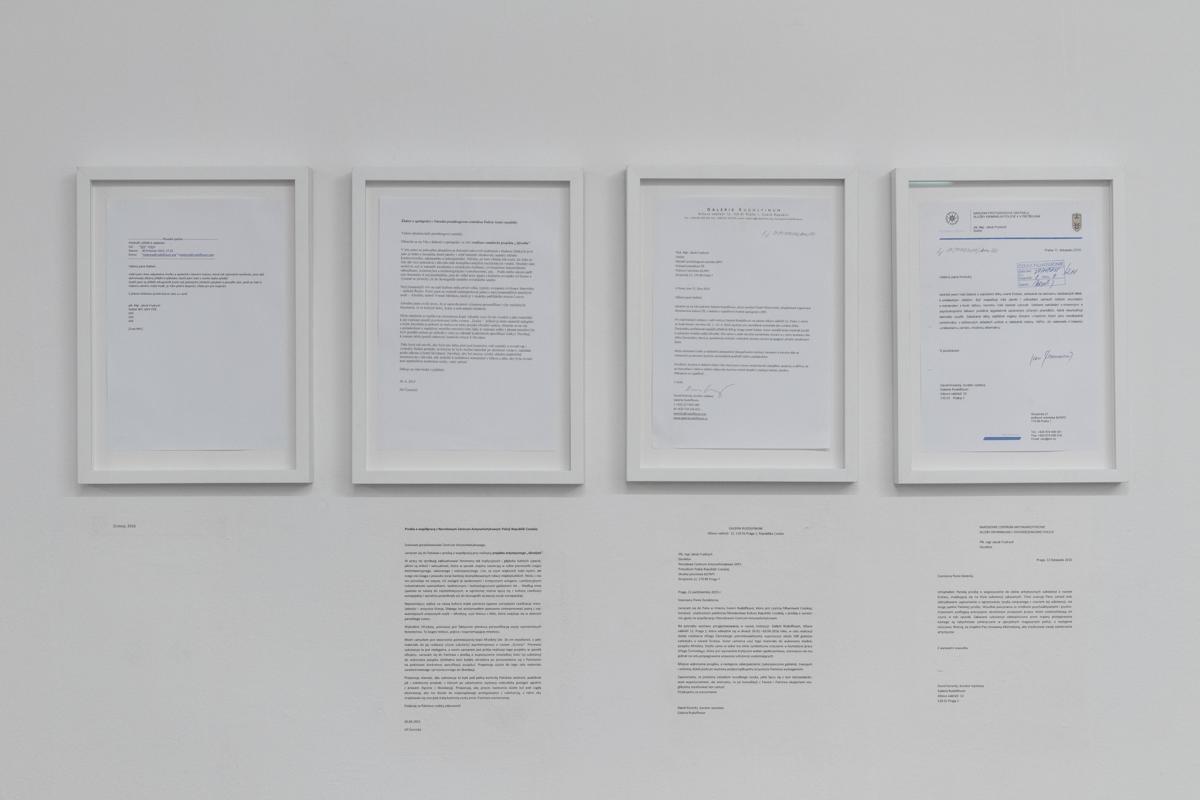
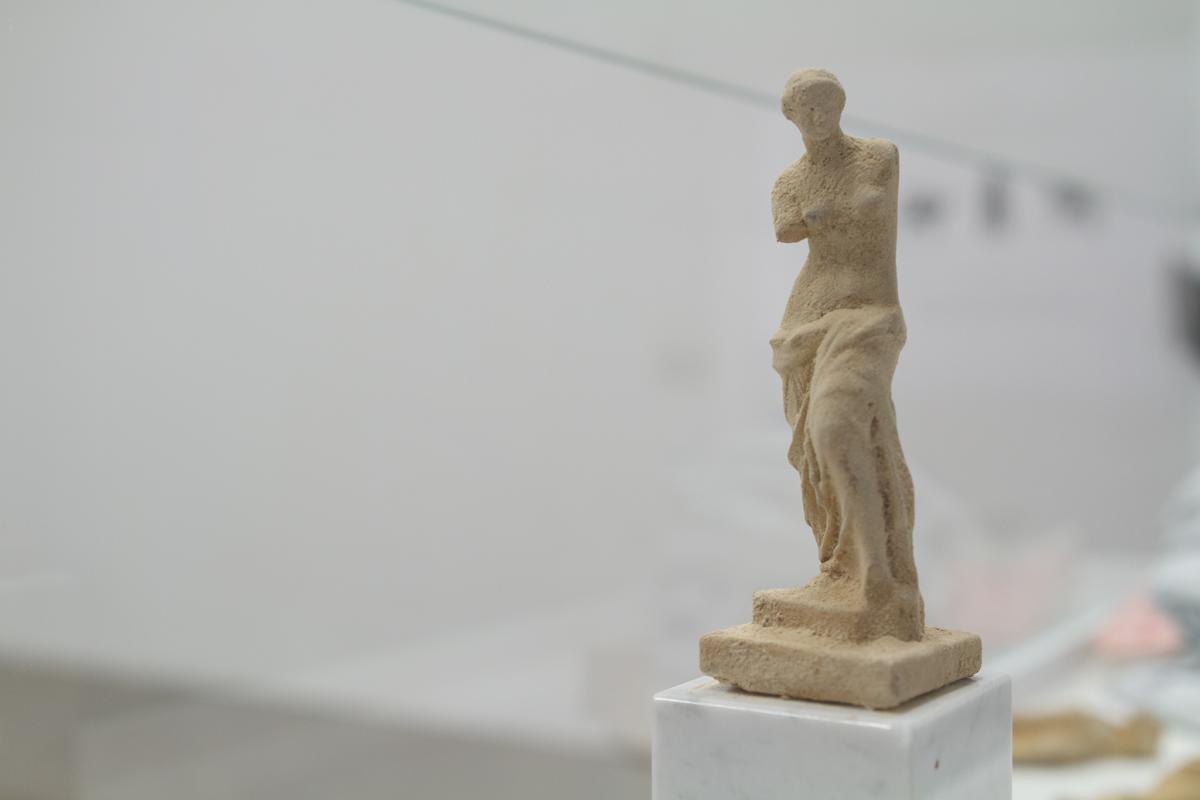

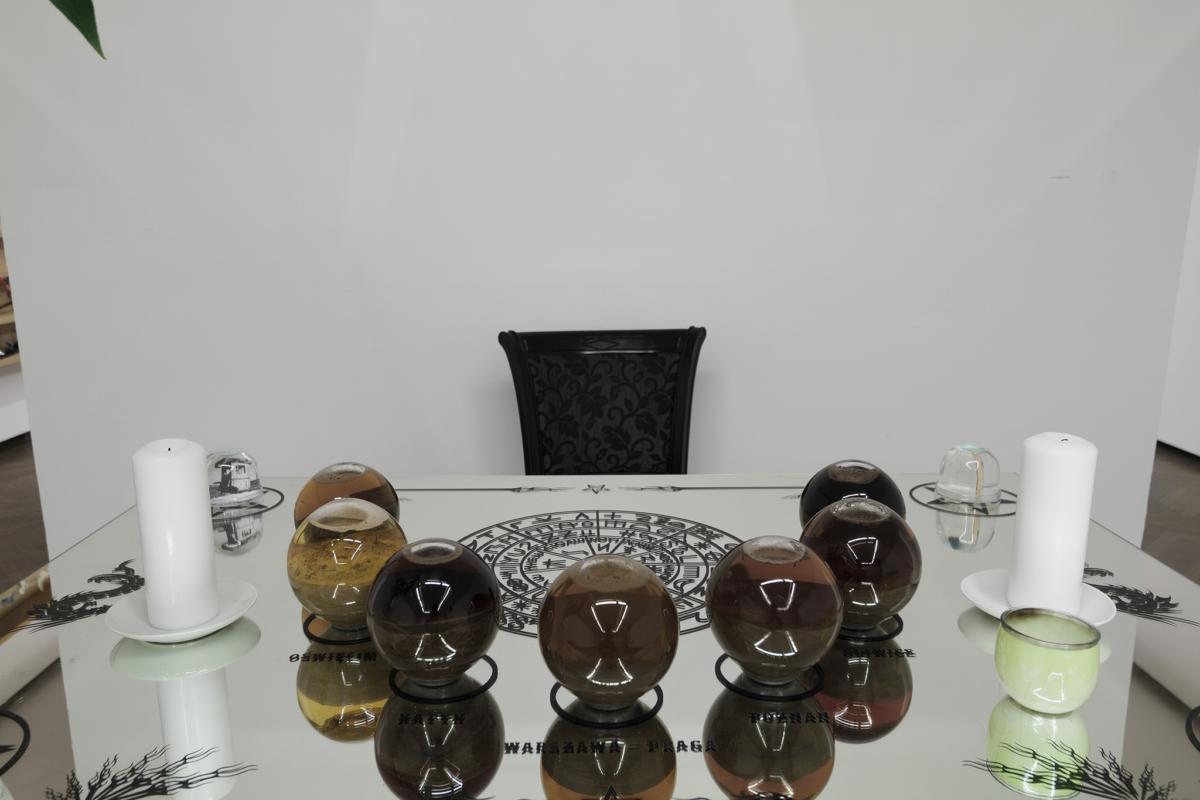
In the end, Černický, a gentle nomad, an eternal truth seeker and a synthesizer of new worlds or, some may say, persistent beacon of great, but obscure, stories, dives deep into his memories to recover new topics worth to be artistically visualised. During a honest search, tenderness of tiring self-flagellation and asking oneself about the topicality of one’s expression, the artist creates an elegant line, starting from the delicate caress of the late modernism, abrupted by post-modern outbursts, and spilling as a wave of alter-modernism, which was the reaction for rising sensitivity of Central European scene. Then, he chisels questions concerning the character of a work of art, borders of expressions and formats, synthesis of various art techniques and the dimension of space, where the art is being presented.
His collected works titled “Scientific spiritualism”, prepared for Galeria Arsenał in Białystok, combine illustrations of unclear, inspiration border between creativity, scientific discovery and spiritual ecstasy. However, Černický underlines, that the art is a force field, where the seemingly contradictory energies interpenetrate each other.
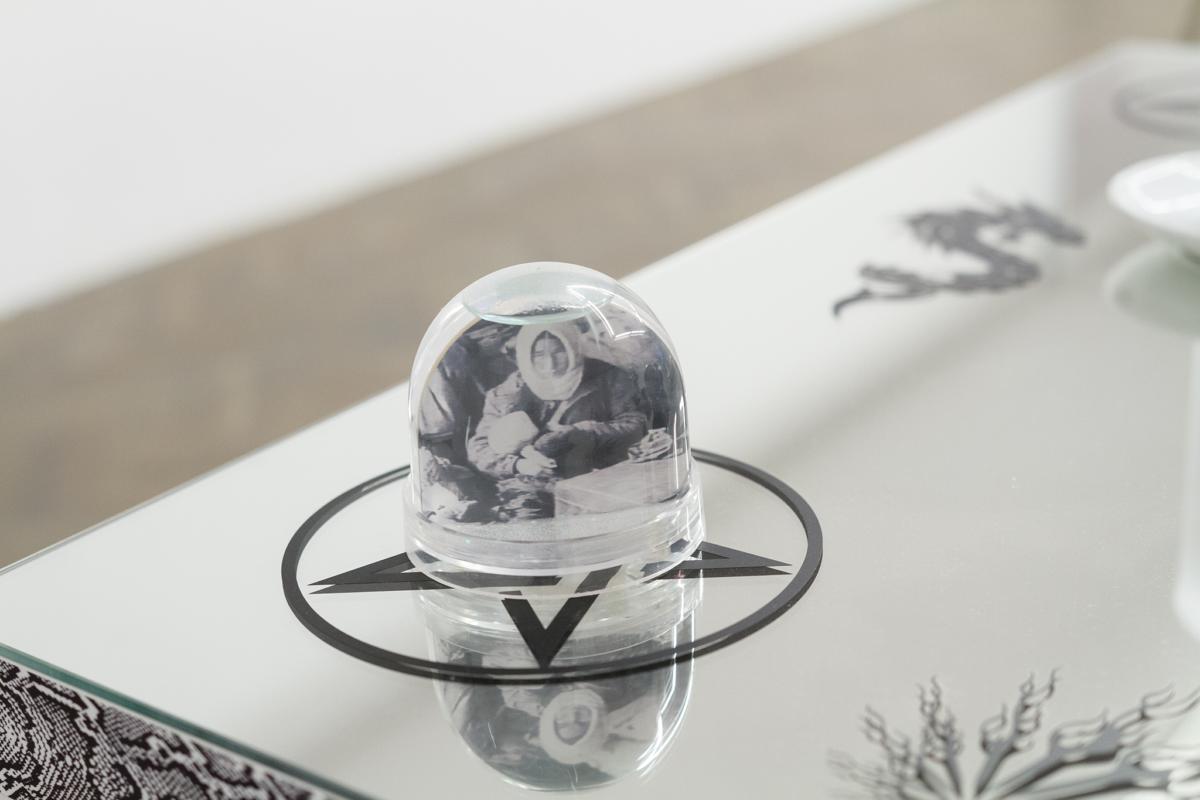
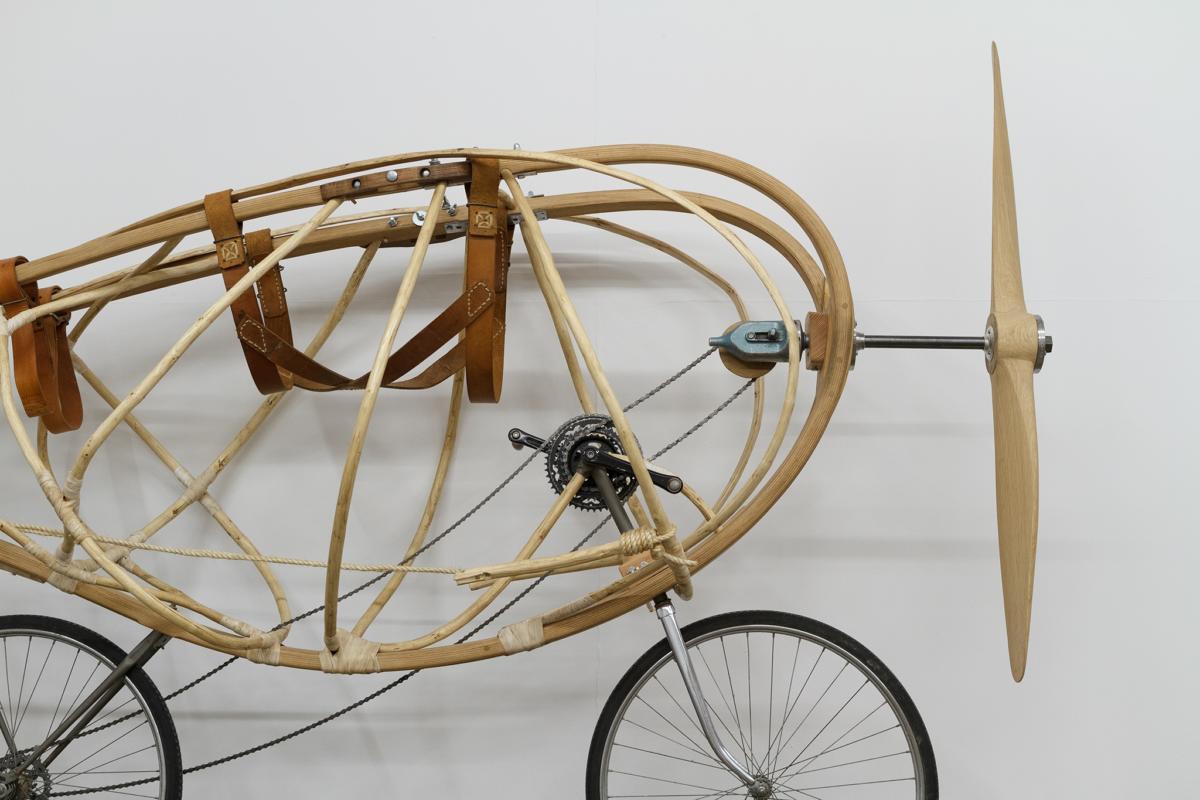
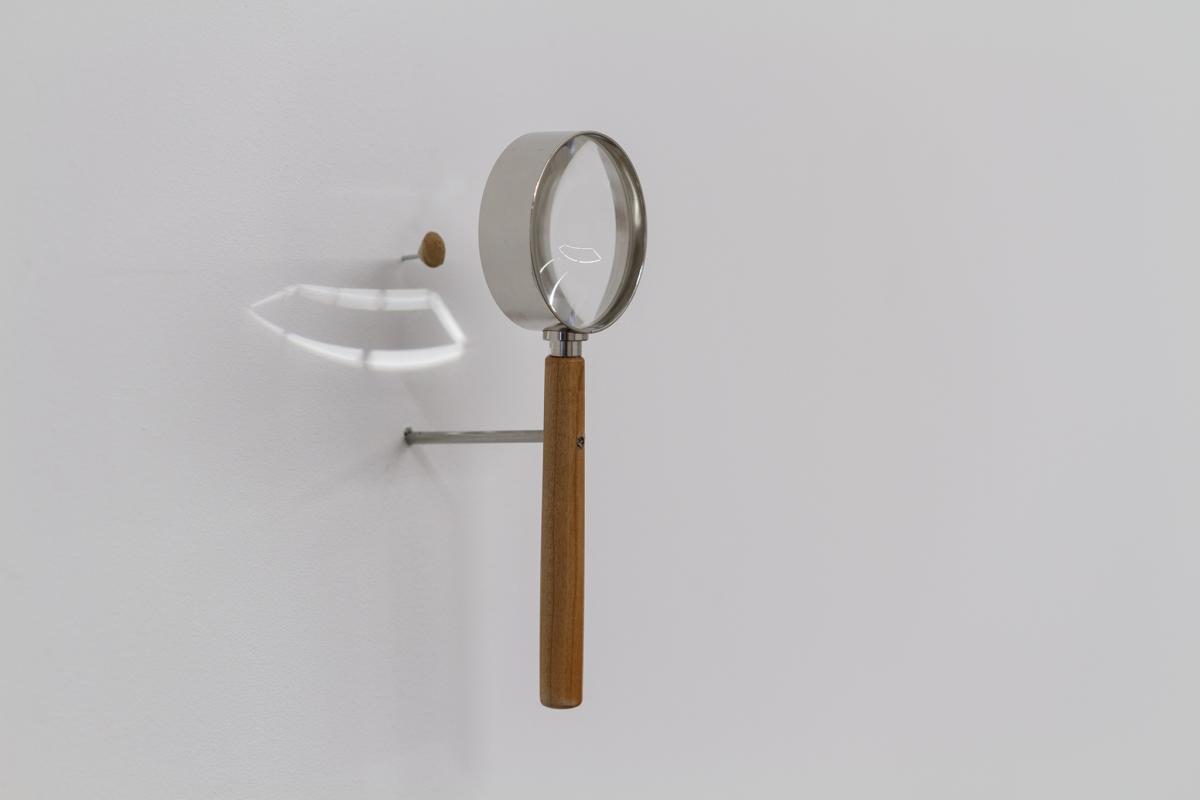
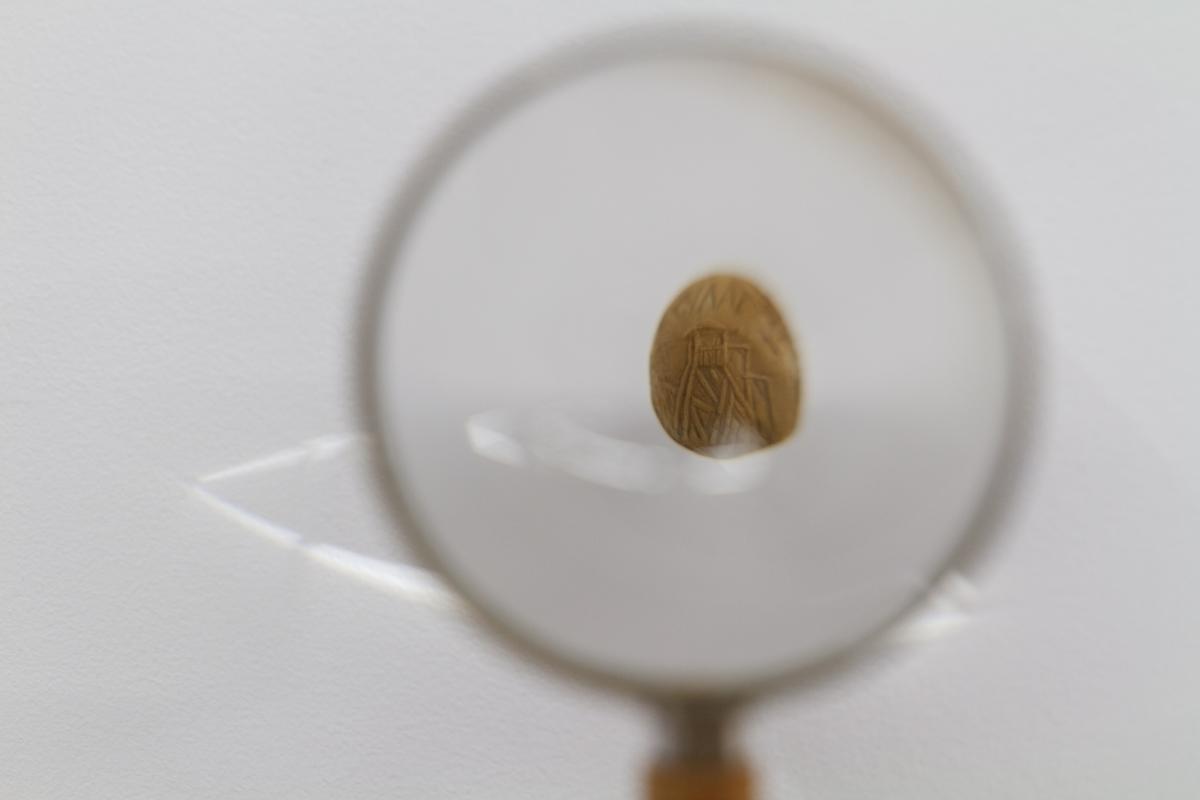

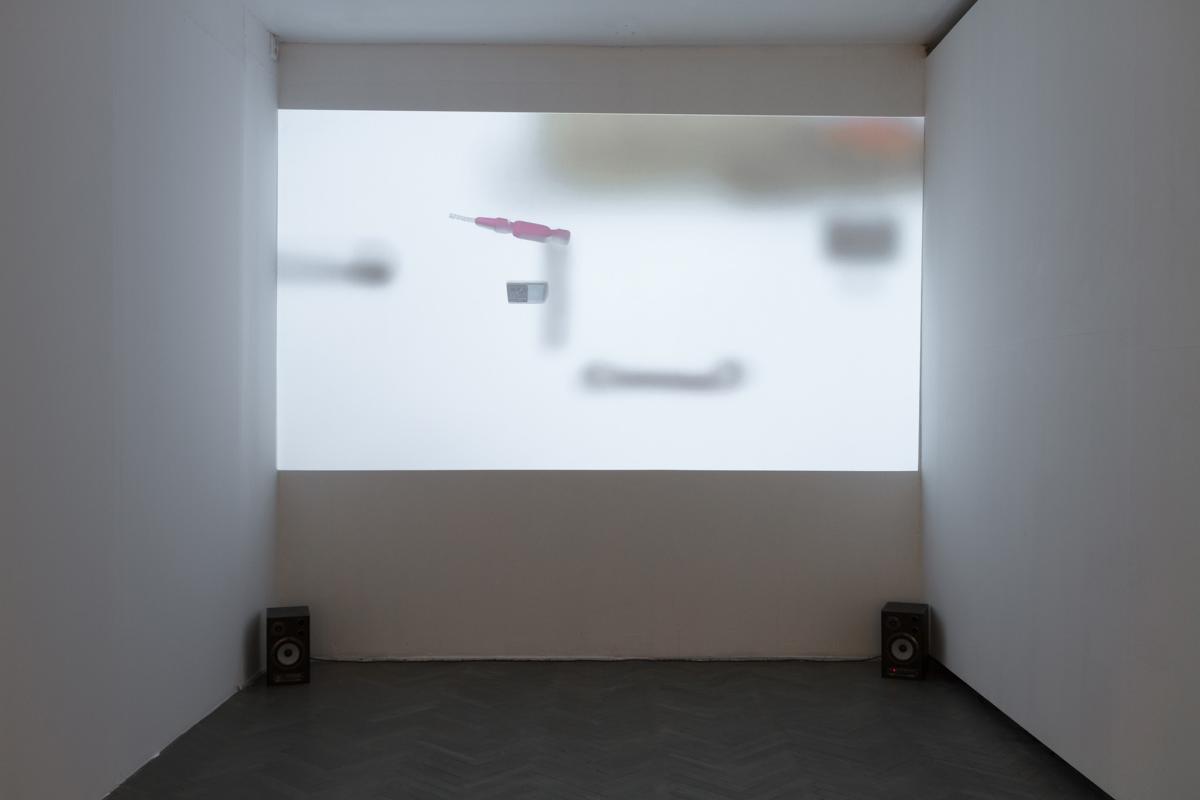
The video works titled Please, can you give me something, you won’t miss? (2009) and Psychokinesis(2014) emphasise the topics concerning transcendental dimension of rational cognition. He states, that his first piece were made to connect a casual social interaction with a phenomenon existing in the context of a scientific experiment. It means binding of a random, non-scientifically defined process with the law of physics precisely describing the world. To be precise, it is the artistic translation of a common interpersonal event into a physical laboratory process taking place in the particle accelerator. Another Černický’s work is a ready made film presenting a short sequence from a documentary about a séance full of references to modern avant-garde constructivist linguistic morphology.
The author precisely identifies the pompous expressions of contemporary history and the culture of the past, recalling the atmosphere of an installation in a museum. The results are titled Unique Miniatures (2013) and Ecstasy (2016). At first, the observer is able to experience reliefs presenting scenes from gulags through a looking glass on a surface of a pip. They symbolise one of the most tragic aspects of the Soviet regime. The miniaturised terror, through its almost unidentifiable beauty, compellingly presents the absurdity and the excessive experience of human suffering in a totalitarian state. The work titled Ecstasy is a miniaturised quote from the ancient sculpture of Venus. It is made out of a psychoactive drug called ecstasy. In order to be able to finish his project Černický asked for the Praguean police drug unit’s help. The exchange of letters between the author, the gallery’s curator and the chief of the unit is an integral part of the installation. Symbolical influence of beauty and eternal yearning for love is confronted with one of the illegal substances ingested by contemporary men and women. The piece is an illusory and an autodestructive emitter of the aforementioned feelings, which most people lack for most of the time.


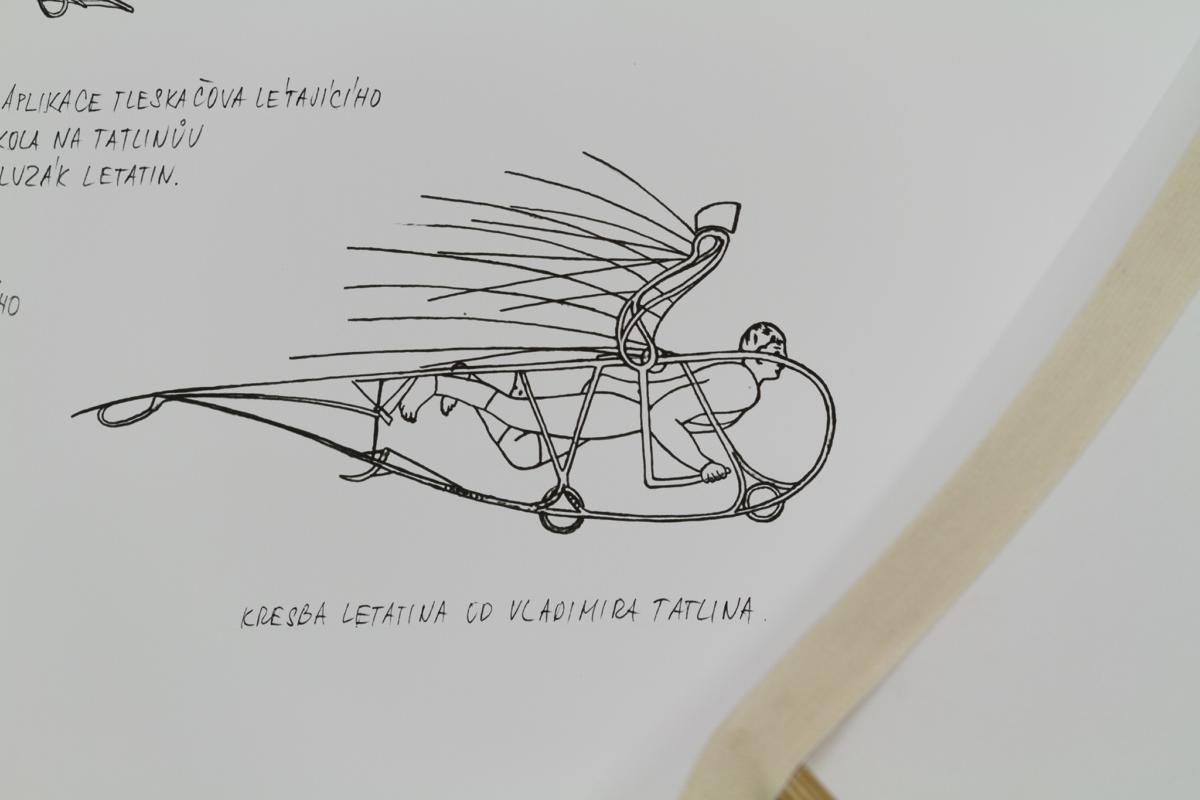
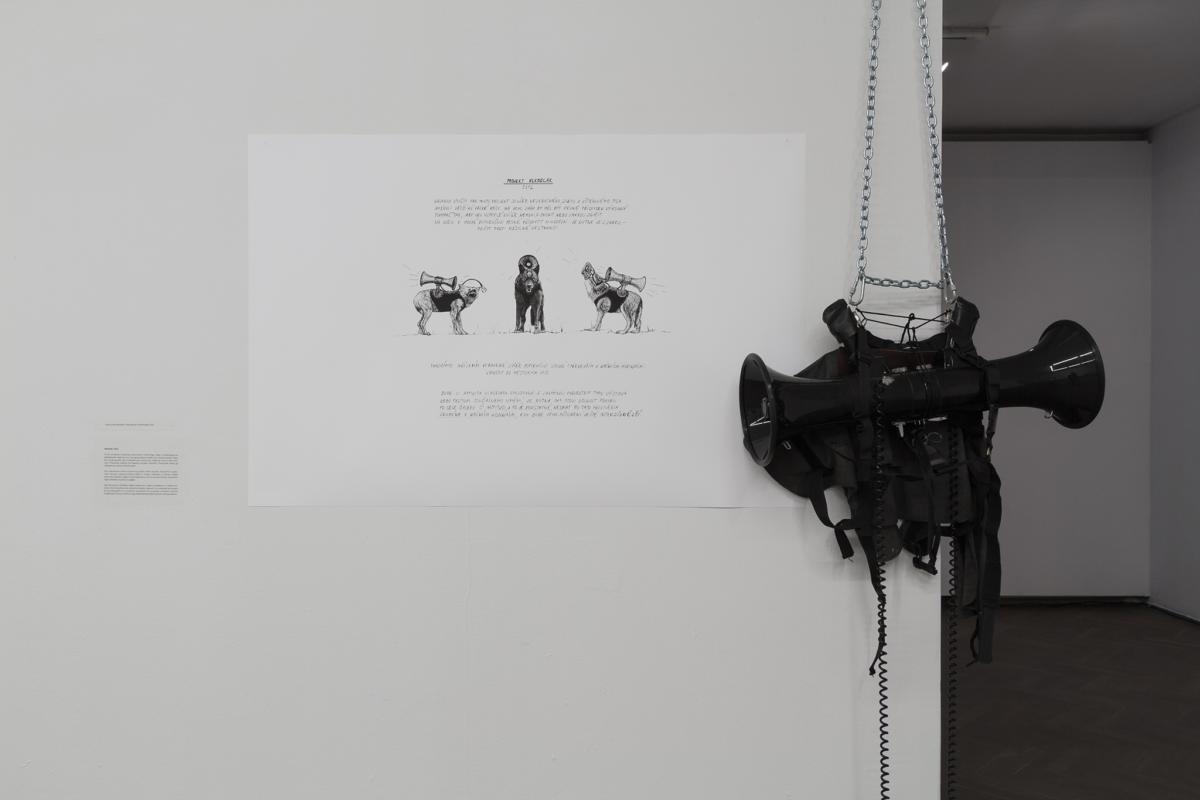
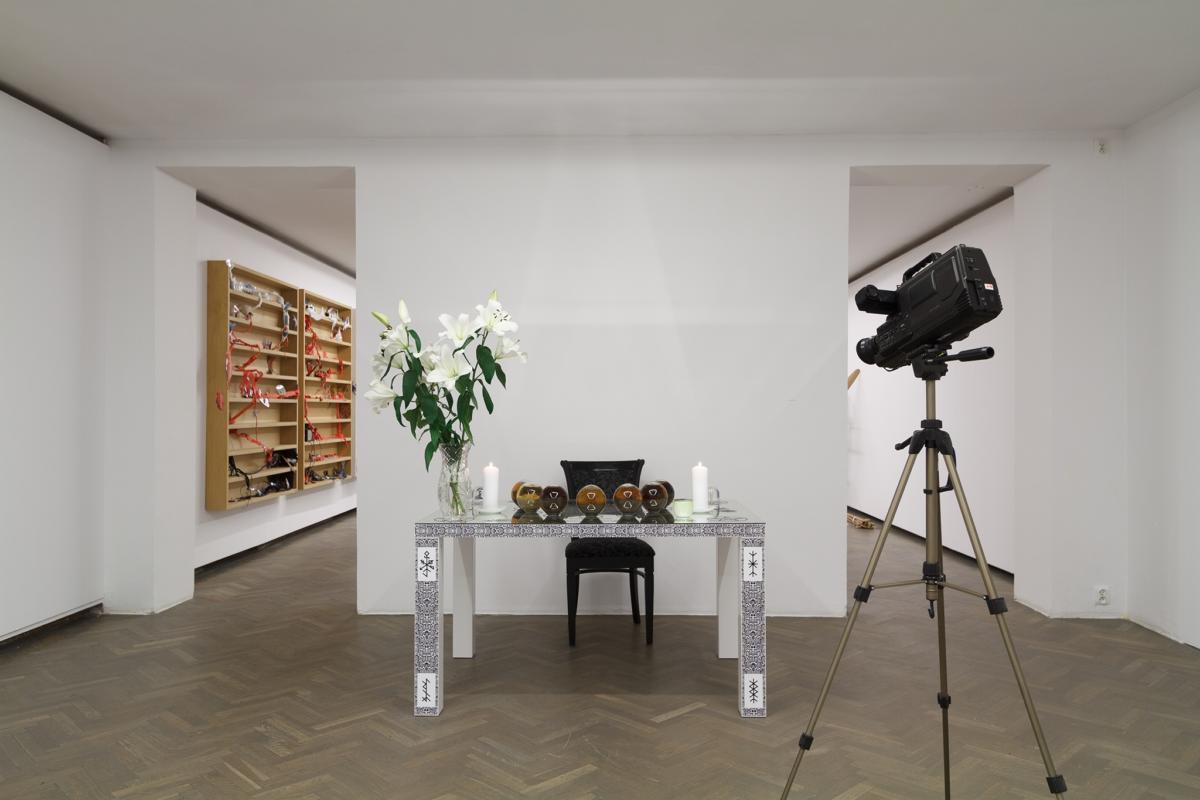
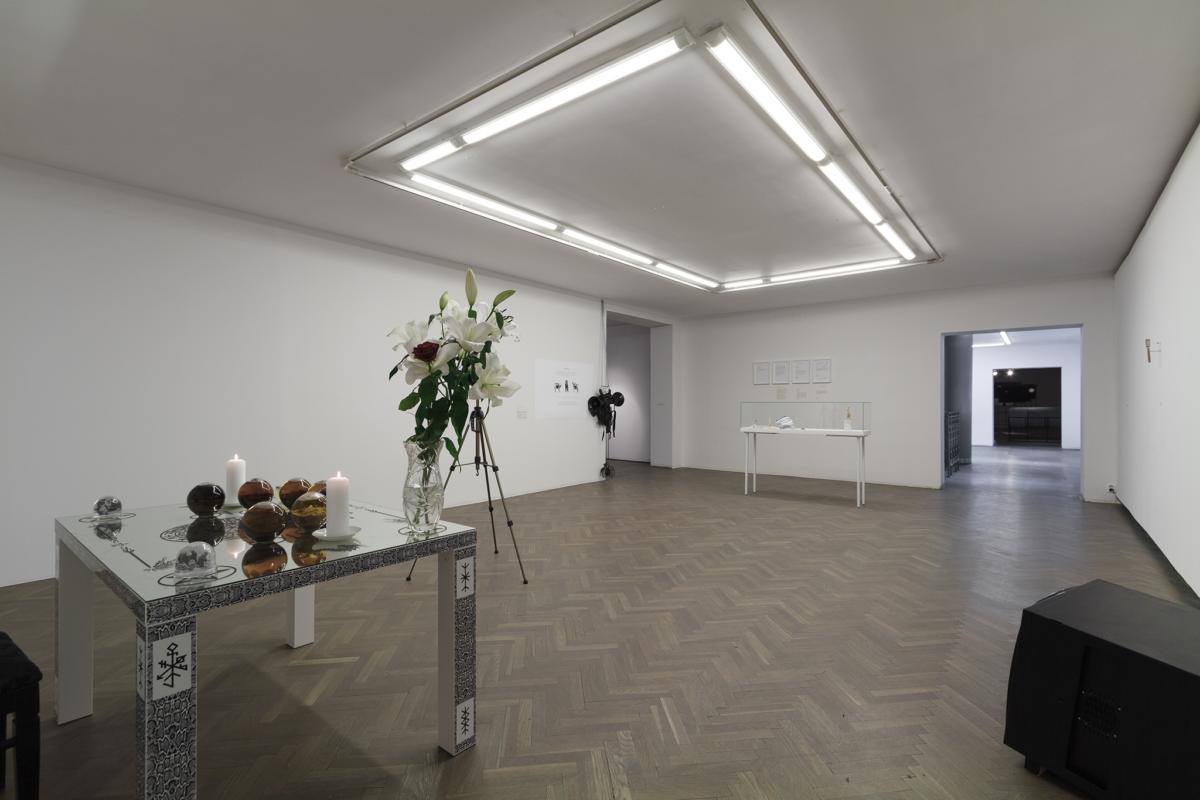
The sculptures Caged Letatin (2002) and Werewolf’s Harness (2016) are the artist’s reference to his collection of utopian conceptual drawings (a few of those are exhibited), which he started creating in the early 1990s. Some of those are realised by Černický in a form of meaningfully electrificating, aesthetically dynamic installations. Caged Letatin represents the interfusing of modern artistic myth connected to Władimir Tatlin, Russian avant-garde creator, with an illegally distributed anticommunist novel for boys about an inventor, who created a flying bicycle. Both protagonists, true and fictional (created by Jaroslav Foglar, a Czech writer), and their utopian inventions offer a symbolic escape ladder leading out of the surrounding claustrophobic reality. When it comes to Werewolf’s Harness, Černický defines the work of art as an attempt to exploit a big, purebred, snarky, ill-tempered and constantly barking dog. On his back, it is carrying a megaphone. The furious animal has no chance of dismounting nor destroying the hellish device. The author proposes: “We shall mount a microphone on a muzzle. It must be shielded from any impact. Then, we let the dog roam free at night. The city belongs to it, especially during the full moon. Most probably, it will soon enough be chased by the forces of law and order. The agony of our furious werewolf will certainly get even worse.”
Here are the names given to the triad of reliefed pictures, so called Shelves (2015), by the author: Eternal Stroll of Romani People to Valhalla, Thor Heyerdahl Conquers Dante’s Hell and Climbing K2 — Trocki’s POV. The aforementioned works express the author’s convictions about the ever expanding potential of traditional artistic mediums and the need for rehabilitation in a modern, sacrilegious cultural environment of romantic mythology in the context of exacerbating social conflicts. In his paintings, Černický wanders through the ages and focuses our attention on theoretically contradictory symbols representing: ideals of stable cultural or natural forms on one hand, nomadic variability on the other. However, the effect was achieved by using a totally autonomic aesthetics.

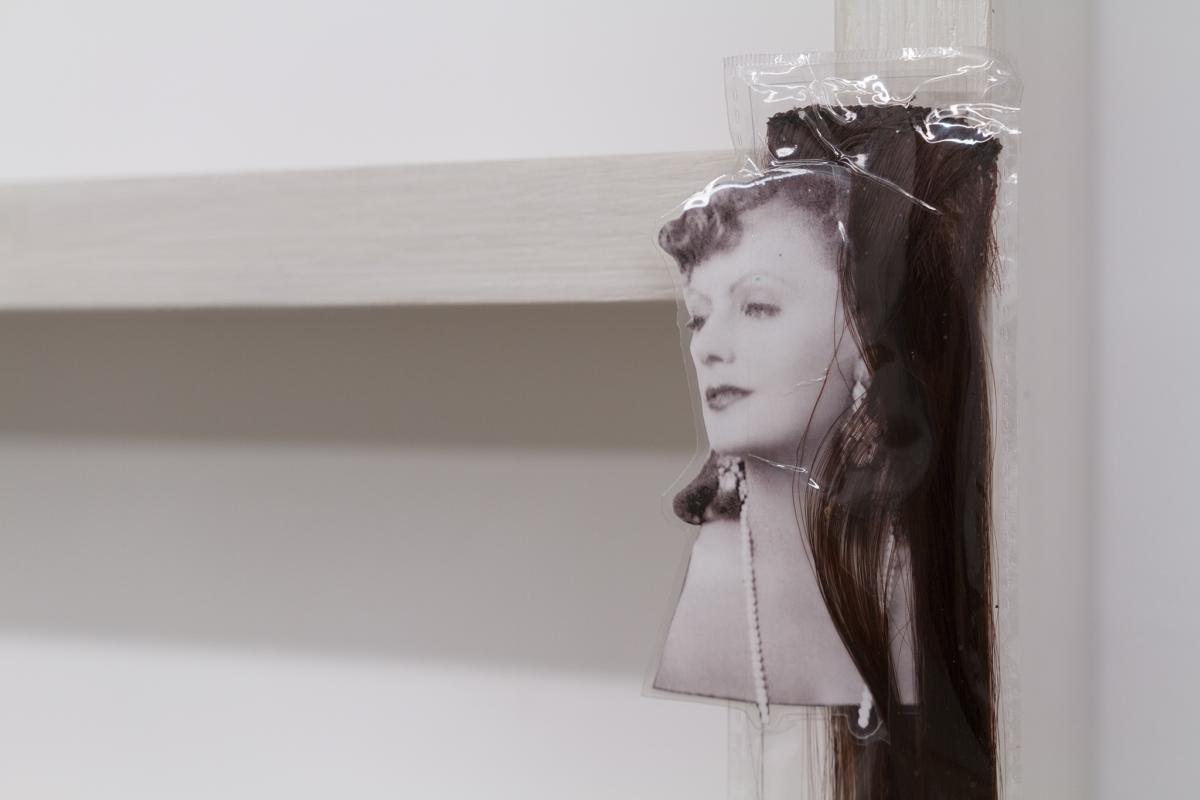
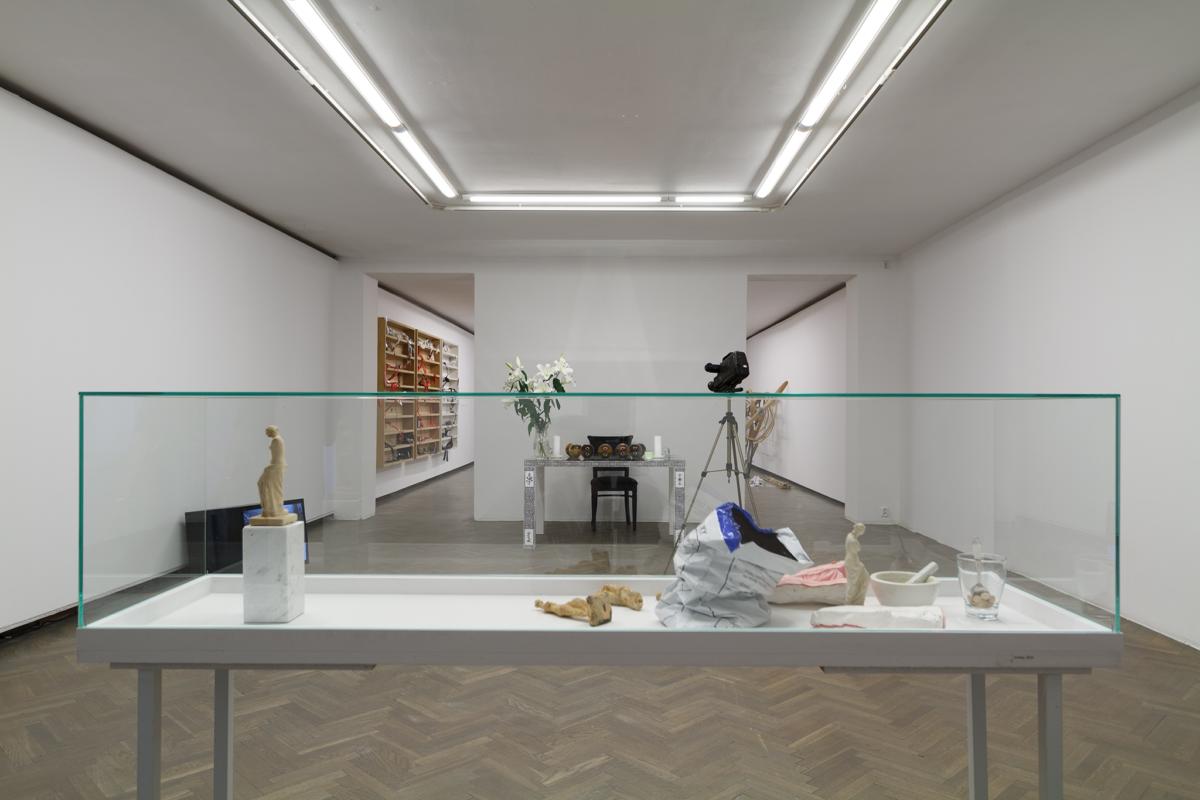

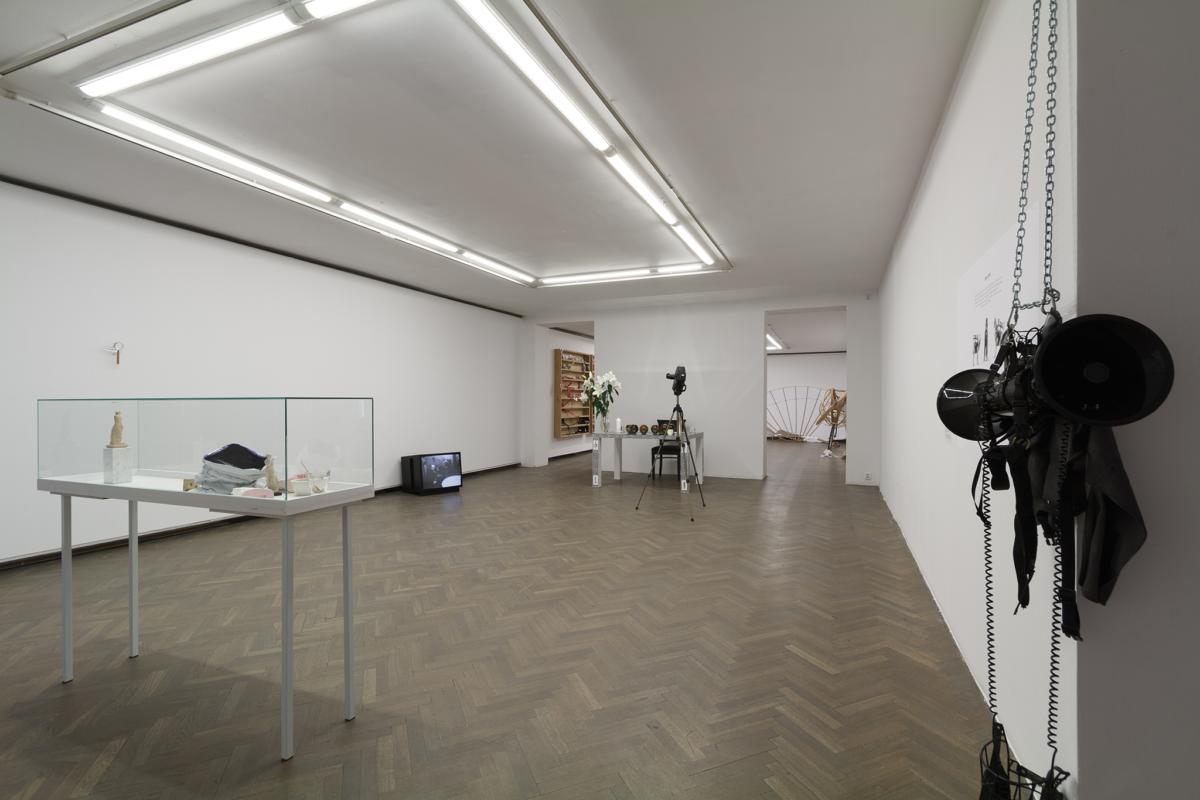
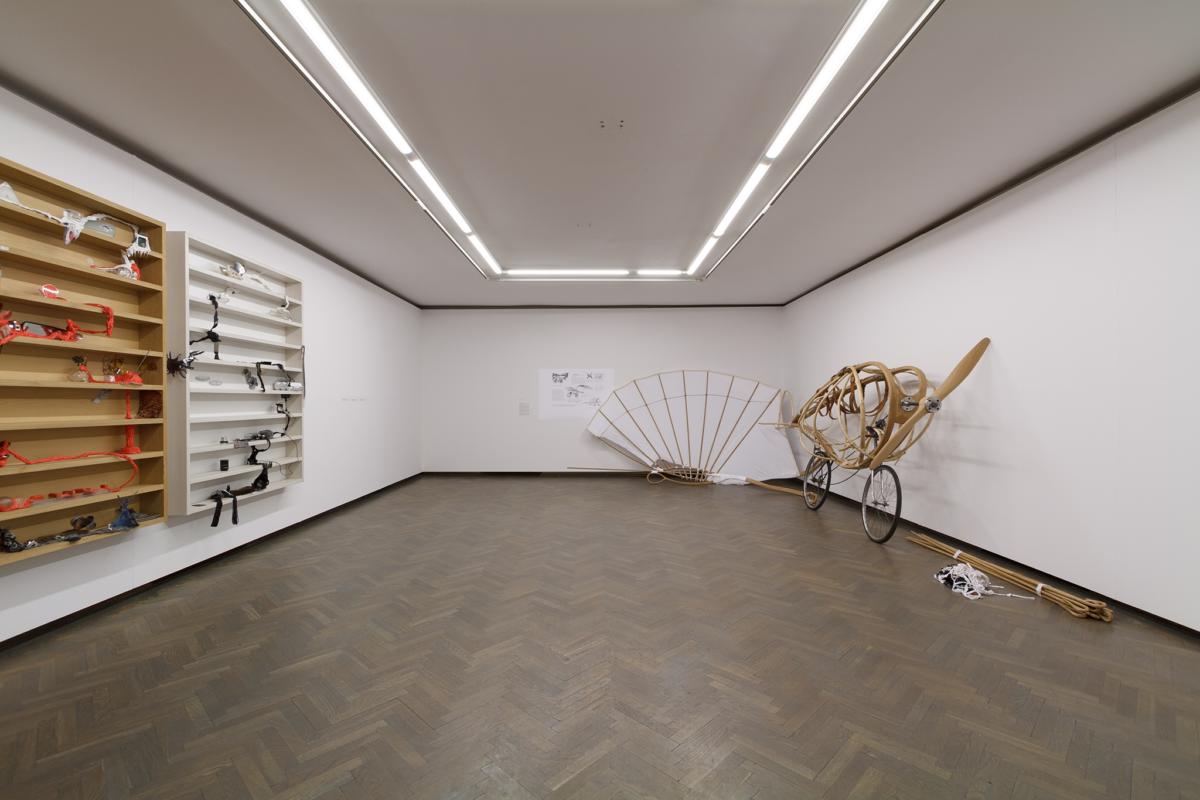
For his exhibition in Białystok, Černický also prepared an installation named Dregs (2018). The piece represents ground-breaking and tragic events happening in Poland in the 20th century, as well as contemporary internal problems arising out of an antagonised society. During the composition of the work, the author was correlating real historical events and places, which symbolizes the events, with a kitschy atmosphere of TV programs, clumsily similar to occult rituals and séances. The past events speak to us from the manipulated medial afterlife, which copy their magical influence on the present. One superficial conceptualization is enough to evoke an understanding for the inevitable historical destination and a smile, while thinking on the absurdity of one’s fate.
Through works constituting the entirety of the „Scientific spiritualism” exhibition, Černický formulates a concept of visionary activism, which is a proof of faith in the potential of art and its ability to initiate changes, using the revolutionary sociocultural act. The process itself may be interpreted mainly as patient searching for truth, which was found by Lambert Zuidervaart, Canadian philosopher and aesthetic, in the “dynamic correlation between creative openness and a creative ability to convince others”. In the beguiling area formed by Černicki’s projects, we witness the opening of an elegant system of captivating attitudes, which unify us with the abundance of creative fantasies, hyperbolized beauty and suggestive pain of life among the collapsing values and structures of our world.
Michal Koleček (2018)
Imprint
| Artist | Jiří Černický |
| Exhibition | Spiritualist Science |
| Place / venue | Arsenal Gallery, Białystok |
| Dates | 27 April 2018 - 16 June 2018 |
| Curated by | Michal Koleček |
| Website | galeria-arsenal.pl |
| Index | Arsenal Gallery in Białystok Jiří Černický |
